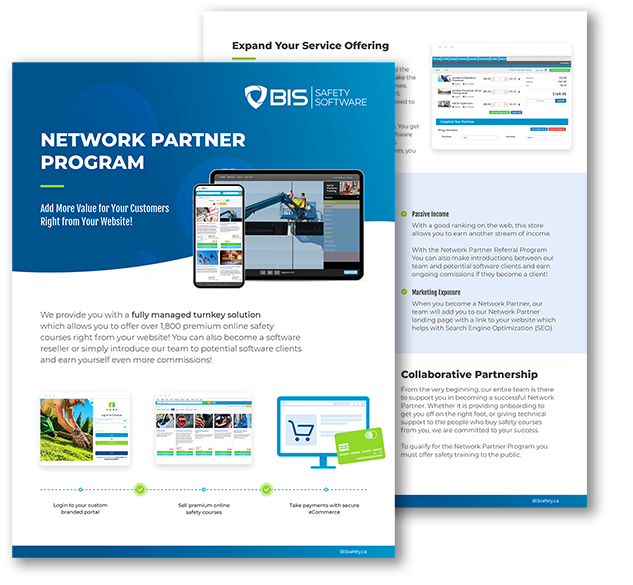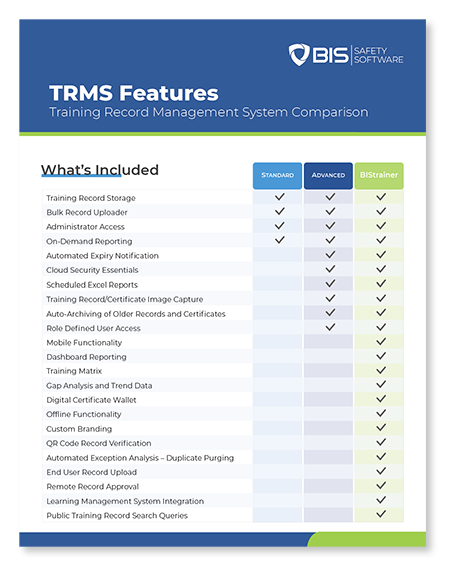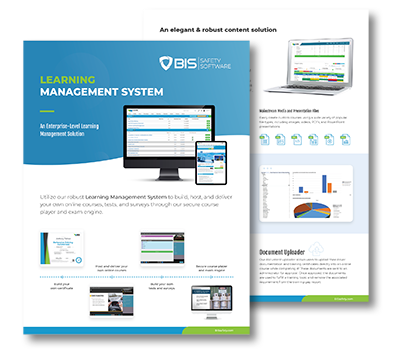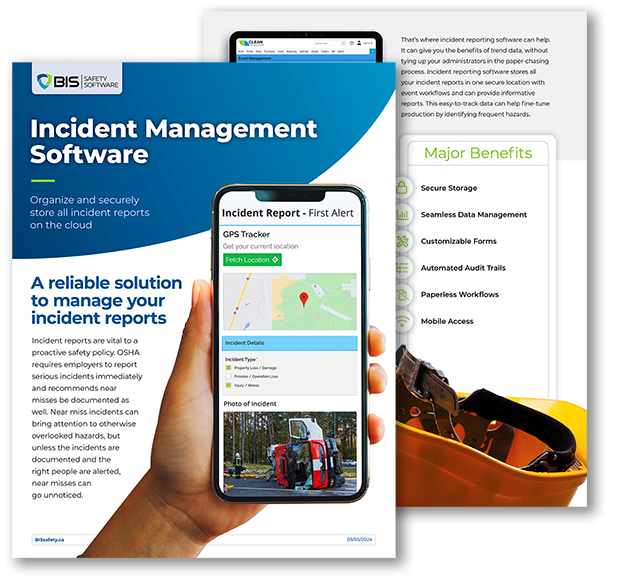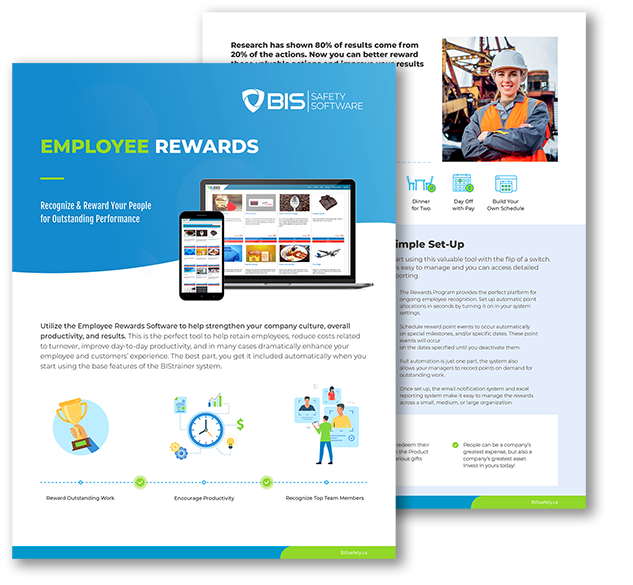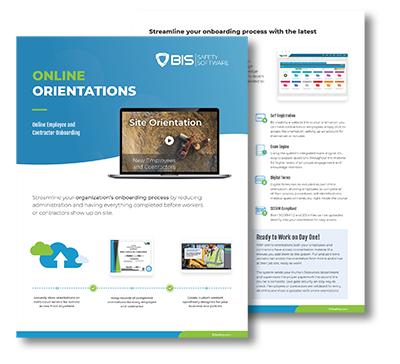Lone workers have become increasingly prevalent. From remote employees to those in industries like security, healthcare, and transportation, lone workers play crucial roles across various sectors. However, while their contributions are invaluable, ensuring their safety and well-being presents unique challenges for employers. In this article, we’ll delve into the importance of prioritizing lone worker safety and explore effective strategies to mitigate risks and enhance security.
Understanding the Risks Faced by Lone Workers: A Data-Driven Perspective
Lone workers operate in diverse environments and face a myriad of challenges that can compromise their safety and well-being. To gain a deeper understanding of these risks, let’s delve into some compelling statistics that shed light on the unique hazards encountered by lone workers in various industries.
Lone Worker Statistics
- Incident Rates: According to the Health and Safety Executive (HSE) in the UK, there were an estimated 595,000 incidents of work-related violence in 2019/20, with a significant portion involving lone workers.
- Source: Health and Safety Executive (HSE), UK
- Risk Industries: Certain industries pose higher risks for lone workers. For example, in the healthcare sector, a study found that 82% of nurses reported experiencing violence in the workplace, often while working alone.
- Source: International Journal of Nursing Studies
- Accident Fatalities: Lone workers are at a heightened risk of accidents, with statistics indicating that in the United States, approximately 20% of workplace fatalities involve lone workers.
- Effect on Mental Health: Lone working can also have adverse effects on mental health. Studies suggest that loneliness and isolation experienced by lone workers can contribute to increased stress levels and decreased overall well-being.
- Source: Journal of Occupational Health Psychology

Key Factors Contributing to Lone Worker Risks:
I. Isolation: One of the primary challenges faced by lone workers is the absence of direct communication and support from peers or supervisors. Without colleagues nearby, they may face increased vulnerability in emergency situations.
II. Limited Resources: Lone workers often lack access to the same resources available to those in team environments. This limitation can impede their ability to respond effectively to emergencies or seek assistance promptly.
III. Environmental Hazards: Depending on their work environment, lone workers may encounter various physical hazards, such as extreme weather conditions, hazardous materials, or unstable structures. Without immediate support, managing these risks can be challenging.
IV. Security Concerns: In sectors like security and transportation, lone workers may face threats from individuals or encounter volatile situations that require swift intervention. Without adequate support mechanisms, they are more susceptible to harm.
V. Given these risks, employers have a responsibility to prioritize the safety and well-being of their lone workers. By implementing robust safety protocols and leveraging appropriate technologies, organizations can mitigate risks and create a secure environment for lone workers to thrive.
Strategies for Enhancing Lone Worker Safety
I. Comprehensive Risk Assessment: Begin by conducting a thorough assessment of the specific risks faced by lone workers within your organization. Identify potential hazards associated with their roles, environments, and tasks to inform targeted safety measures.
II. Clear Communication Channels: Establish reliable communication channels that enable lone workers to stay connected with supervisors, colleagues, or designated emergency contacts. Utilize mobile devices, two-way radios, or dedicated safety apps to facilitate real-time communication and emergency response.
III. Training and Education: Provide comprehensive training to lone workers on safety procedures, emergency protocols, and hazard recognition. Equip them with the knowledge and skills necessary to assess risks, make informed decisions, and respond effectively to emergencies.
IV. Personal Protective Equipment (PPE): Depending on the nature of their work, ensure that lone workers have access to appropriate PPE to mitigate physical risks and hazards. This may include protective clothing, safety gear, or specialized equipment tailored to their roles.
V. Remote Monitoring and Check-in Systems: Implement remote monitoring systems or check-in procedures to track the well-being and whereabouts of lone workers. Regular check-ins can provide reassurance and enable prompt intervention in case of emergencies or distress signals.
VI. Emergency Response Plans: Develop comprehensive emergency response plans tailored to the needs of lone workers. Outline clear procedures for reporting incidents, seeking assistance, and escalating emergencies to ensure swift and coordinated responses.

Utilizing Technology for Lone Worker Safety: Empowering Security and Efficiency
In today’s rapidly advancing technological landscape, organizations have unprecedented opportunities to leverage innovative solutions for lone worker safety. From wearable devices to real-time monitoring systems, technology plays a pivotal role in enhancing security, communication, and emergency response capabilities. In this section, we’ll explore how organizations can harness technology to empower lone workers and mitigate risks effectively.
I. Wearable Safety Devices: Wearable technology, such as lone worker safety devices, provides a direct means for lone workers to communicate distress signals and summon assistance in emergencies. These devices often feature panic buttons, GPS tracking, and fall detection capabilities, enabling swift response and intervention in critical situations. By equipping lone workers with such devices, organizations can enhance their sense of security and confidence while facilitating rapid assistance when needed.
II. Mobile Applications: Mobile applications designed specifically for lone worker safety offer versatile solutions for communication, monitoring, and emergency response. These apps allow lone workers to check in periodically, report incidents, and request assistance with the tap of a button. Additionally, some applications integrate features like geolocation tracking, voice activation, and incident documentation, providing comprehensive support for lone workers and enabling efficient coordination with response teams.
III. Real-Time Monitoring Systems: Real-time monitoring systems leverage advanced technologies, such as sensors, cameras, and IoT devices, to track lone workers’ activities and environmental conditions in real-time. These systems can detect anomalies, deviations from established safety protocols, or signs of distress, triggering immediate alerts and initiating appropriate response measures. By continuously monitoring lone workers and their surroundings, organizations can proactively identify potential risks and intervene promptly to ensure their safety.
IV. Communication Platforms: Robust communication platforms, including voice over IP (VoIP), instant messaging, and video conferencing tools, facilitate seamless communication and collaboration among lone workers, supervisors, and support teams. These platforms enable real-time communication, information sharing, and decision-making, fostering a cohesive safety culture and ensuring effective coordination during emergencies. Additionally, integration with other safety systems and devices enhances the efficiency and responsiveness of communication channels, further strengthening lone worker safety measures.
V. Data Analytics and Insights: Leveraging data analytics and insights derived from various safety systems and devices enables organizations to identify trends, patterns, and areas for improvement in lone worker safety practices. By analyzing historical data, incident reports, and near-miss events, organizations can proactively identify potential risks, refine safety protocols, and implement targeted interventions to mitigate hazards effectively. Moreover, data-driven decision-making empowers organizations to continuously optimize lone worker safety measures and adapt to evolving workplace dynamics.
By embracing technology-driven solutions tailored to the unique needs of lone workers, organizations can enhance workplace safety, empower employees, and foster a culture of vigilance and support.
Fostering a Culture of Safety: Training, Collaboration, and Organizational Commitment
While technology plays a crucial role in enhancing lone worker safety, fostering a culture of safety within the organization is equally essential. A culture that prioritizes safety instills a collective responsibility for maintaining vigilance, adhering to protocols, and supporting one another in times of need. In this section, we’ll explore the importance of training, collaboration, and organizational commitment in promoting lone worker safety.
I. Comprehensive Training Programs: Effective training programs are fundamental to equipping lone workers with the knowledge, skills, and confidence necessary to navigate potential hazards and respond to emergencies. Training should cover a range of topics, including hazard recognition, emergency procedures, use of safety equipment and technology, and situational awareness. By providing comprehensive and ongoing training, organizations empower lone workers to make informed decisions, mitigate risks proactively, and respond effectively to unexpected situations.
II. Collaborative Safety Initiatives: Lone worker safety is a collective responsibility that requires collaboration and cooperation across all levels of the organization. Encouraging open communication, sharing best practices, and fostering a supportive environment where lone workers feel empowered to voice concerns or seek assistance are essential components of collaborative safety initiatives. By promoting teamwork and mutual support, organizations can strengthen lone worker safety measures and enhance overall workplace safety culture.
III. Leadership Commitment and Engagement: Leadership commitment is instrumental in driving organizational efforts to prioritize lone worker safety. Leaders should actively demonstrate their commitment to safety through their actions, decisions, and resource allocation. By allocating sufficient resources, setting clear safety objectives, and holding individuals and teams accountable for safety performance, leaders reinforce the importance of safety as a core organizational value. Additionally, engaging with frontline employees, soliciting feedback, and actively participating in safety initiatives demonstrate leadership’s genuine commitment to ensuring the well-being of lone workers.
IV. Continuous Improvement and Evaluation: Establishing mechanisms for continuous improvement and evaluation allows organizations to monitor the effectiveness of lone worker safety initiatives and identify areas for enhancement. Regular safety audits, incident investigations, and feedback mechanisms enable organizations to assess the implementation of safety measures, identify potential gaps or deficiencies, and take corrective actions as needed. By fostering a culture of continuous learning and improvement, organizations can adapt to evolving risks and ensure the ongoing effectiveness of lone worker safety programs.
By integrating training, collaboration, and organizational commitment into their lone worker safety initiatives, organizations can create a culture that prioritizes safety, empowers employees, and fosters resilience in the face of challenges. In the final section of this blog, we’ll recap key takeaways and provide actionable recommendations for organizations to enhance lone worker safety in the workplace. Stay tuned for practical insights and strategies to strengthen your organization’s approach to lone worker safety.

Key Takeaways and Actionable Recommendations: Strengthening Lone Worker Safety Initiatives
As we conclude our exploration of lone worker safety in the workplace, it’s essential to recap key insights and provide actionable recommendations for organizations looking to enhance their safety initiatives. By prioritizing training, collaboration, and organizational commitment, organizations can create a secure environment that safeguards the well-being of lone workers. Here are some key takeaways and actionable recommendations:
I. Invest in Comprehensive Training Programs: Develop and implement comprehensive training programs that cover hazard recognition, emergency procedures, use of safety equipment and technology, and situational awareness. Provide ongoing training to ensure that lone workers are equipped with the knowledge and skills necessary to mitigate risks and respond effectively to emergencies.
II. Promote Collaboration and Mutual Support: Foster a culture of collaboration and mutual support where lone workers feel empowered to voice concerns, share best practices, and seek assistance when needed. Encourage open communication and teamwork to strengthen lone worker safety measures and enhance overall workplace safety culture.
III. Demonstrate Leadership Commitment: Leadership commitment is critical to driving organizational efforts to prioritize lone worker safety. Demonstrate leadership’s genuine commitment to safety through actions, decisions, and resource allocation. Engage with frontline employees, solicit feedback, and actively participate in safety initiatives to reinforce the importance of safety as a core organizational value.
IV. Embrace Technology Solutions: Leverage innovative technology solutions, such as wearable safety devices, mobile applications, real-time monitoring systems, and communication platforms, to enhance lone worker safety. Invest in tools that enable lone workers to communicate distress signals, track their whereabouts, and receive prompt assistance in emergencies.
V. Encourage Continuous Improvement: Establish mechanisms for continuous improvement and evaluation to monitor the effectiveness of lone worker safety initiatives. Conduct regular safety audits, incident investigations, and feedback sessions to identify areas for enhancement and take corrective actions as needed. Foster a culture of continuous learning and improvement to adapt to evolving risks and ensure the ongoing effectiveness of lone worker safety programs.





